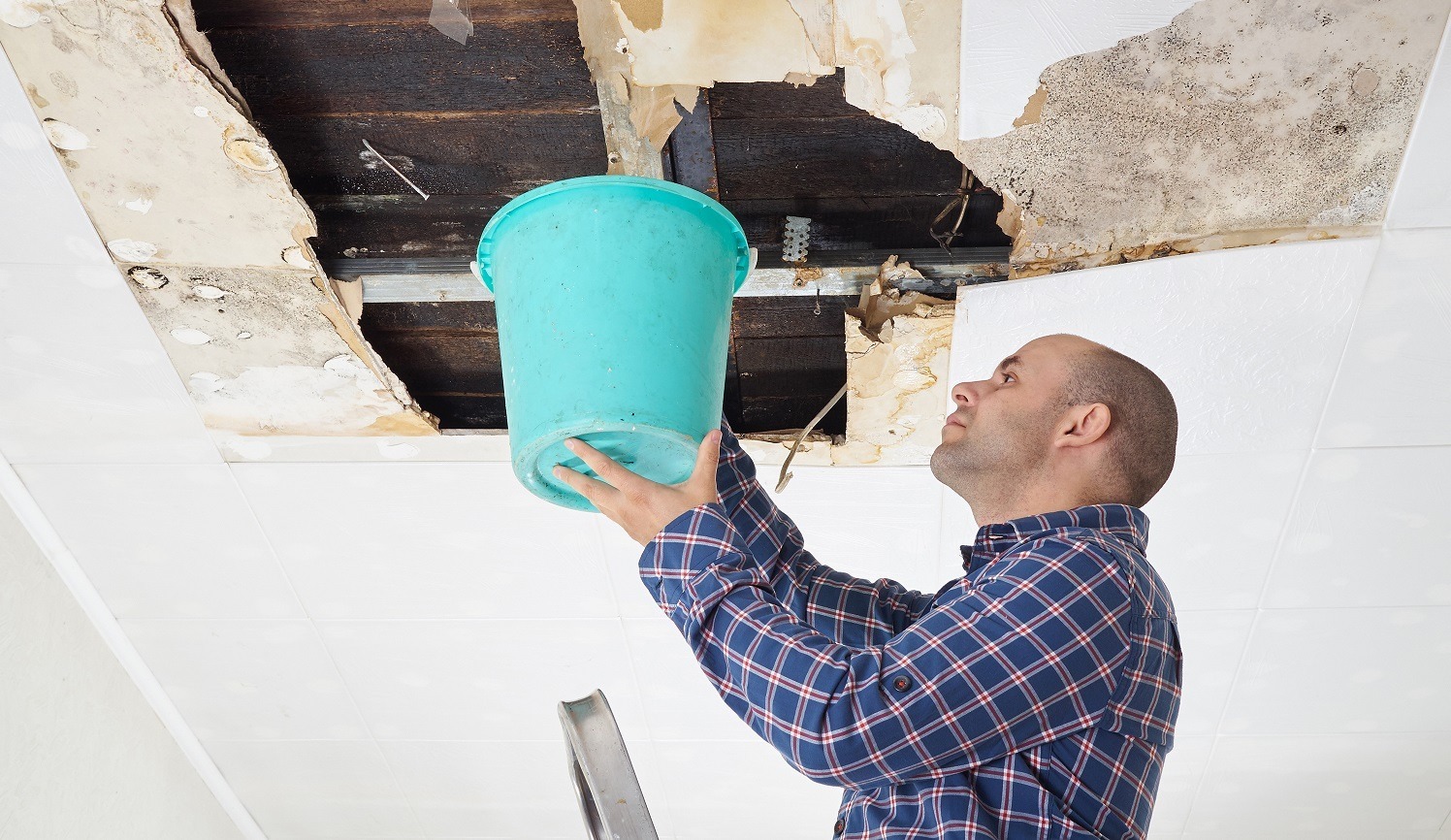Do's & Don'ts of Water Restoration.
Do's & Don'ts of Water Restoration.
Blog Article
Almost everyone has his or her own conception involving Fire And Water Damage Prevention.

Though water offers life, water intrusion on parts where it's not meant to be can cause damages. It can peel off away surface areas and erode the foundation if the water soaks into your structure. Mold and also mold additionally thrive in a wet atmosphere, which can be dangerous for your health. Houses with water damage scent old and also mildewy.
Water can originate from lots of resources such as tropical storms, floods, ruptured pipelines, leaks, as well as sewage system problems. In case you experience water damages, it would certainly be excellent to know some security preventative measures. Right here are a few guidelines on exactly how to take care of water damage.
Do Prioritize Residence Insurance Policy Coverage
Water damages from flood because of hefty winds is seasonal. You can additionally experience an abrupt flood when a faulty pipe suddenly breaks into your house. It would certainly be best to have residence insurance policy that covers both disasters such as all-natural catastrophes, and emergencies like busted plumbing.
Do Not Forget to Switch Off Energies
In case of a disaster, especially if you stay in a flood-prone location, it would be advisable to shut off the major electric circuit. This cuts off power to your whole residence, preventing electrical shocks when water can be found in as it is a conductor. Do not fail to remember to transform off the major water line valve. When floodwaters are high, furnishings will certainly move around and trigger damages. Having the primary shutoff shut off prevents additional damages.
Do Remain Proactive and Heed Climate Informs
Tornado floodings can be very uncertain. If there is a background of flooding in your area, stay ready and also proactive. Listen to evacuation warnings if you live near a river, creek, or lake . Get belongings from the very beginning as well as basement, then put them on the highest possible level. Doing so reduces potential property damage.
Don't Disregard the Roof
You can avoid rain damage if there are no holes as well as leaks in your roofing. This will avoid water from streaming down your wall surfaces as well as soaking your ceiling.
Do Focus On Tiny Leakages
A ruptured pipe doesn't occur over night. You may see bubbling paint, peeling off wallpaper, water touches, water spots, or trickling sounds behind the wall surfaces. Have your plumbing fixed before it results in large damage.
Do Not Panic in Case of a Ruptured Pipe
Maintaining your presence of mind is important in a time of situation. Stressing will just compound the issue because it will suppress you from acting quickly. Timing is crucial when it comes to water damage. The longer you wait, the more damages you can anticipate. Hence, if a pipeline bursts in your home, immediately turned off your major water valve to cut off the source. Disconnect all electric outlets in the location or turn off the circuit breaker for that part of the home. Lastly, call a trusted water damages reconstruction specialist for support.
Water provides life, water invasion on parts where it's not expected to be can result in damage. Homes with water damage smell musty and old.
Water damages from flooding fees to hefty winds is seasonal. You might observe bubbling paint, peeling off wallpaper, water streaks, water stains, or dripping noises behind the walls. When it comes to water damage, timing is vital.
Some Do's & Don't When Dealing with a Water Damage
DO:
Make sure the water source has been eliminated. Contact a plumber if needed. Turn off circuit breakers supplying electricity to wet areas and unplug any electronics that are on wet carpet or surfaces Remove small furniture items Remove as much excess water as possible by mopping or blotting; Use WHITE towels to blot wet carpeting Wipe water from wooden furniture after removing anything on it Remove and prop up wet upholstery cushions for even drying (check for any bleeding) Pin up curtains or furniture skirts if needed Place aluminum foil, saucers or wood blocks between furniture legs and wet carpet Turn on air conditioning for maximum drying in winter and open windows in the summer Open any drawers and cabinets affected for complete drying but do not force them open Remove any valuable art objects or paintings to a safe, dry place Open any suitcases or luggage that may have been affected to dry, preferably in sunlight Hang any fur or leather goods to dry at room temperature Punch small holes in sagging ceilings to relieve trapped water (don't forget to place pans beneath!); however, if the ceiling is sagging extremely low, stay out of the room and we'll take care of it DO NOT:
Leave wet fabrics in place; dry them as soon as possible Leave books, magazines or any other colored items on wet carpets or floor Use your household vacuum to remove water Use TV's or other electronics/appliances while standing on wet carpets or floors; especially not on wet concrete floors Turn on ceiling fixtures if the ceiling is wet Turn your heat up, unless instructed otherwise

We had been made aware of that editorial about Reducing Your Risk Of Water And Fire Damage At Home from someone on another website. Please take a moment to promote this entry if you appreciated it. We recognize the value of reading our article about Reducing Your Risk Of Water And Fire Damage At Home.
Report this page